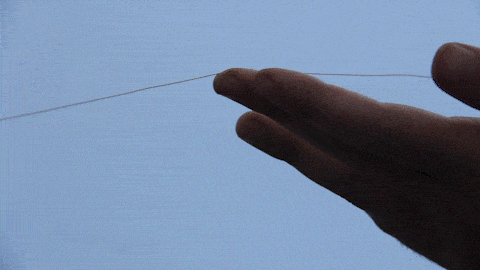SONO-CHOREOGRAPHIC COLLECTIVE
Playing Grounds: a polymodal essay

Coming from practices of sculpture, music and dance, we are Kerstin Ergenzinger, Bnaya Halperin-Kaddari and Kiran Kumar, a collective for transdisciplinary art and research. At the core of our collaborative practice is play. We play intentionally to seek, affirm and share a life-ness, which we see as so important to our worlds today. We play our self-made research instruments, and also our human body-mind. We play attentively to create and sustain encounters for something subtle to emerge. We call these encounters Sono-Choreographic playgrounds, because on the playground we can be playful rather than precious about seeking out subtlety. Our playgrounds are interspaces of installation, performance, instrumental music and writing practices. Our playgrounds are also collective spaces where personal encounters of subtlety might expand into shared experiences of nuance. And it is in this sharing of nuanced co-presences that we locate our urgent resistance to the excesses of modernity, to tendencies of higher, stronger and faster. Our resistance is micropolitical in that it proposes subtle modes of sensing. It is also playful in proposing poly-sensory playgrounds to tease out more than monistic ways of sensing, experiencing, knowing and therefore relating-with our worlds.
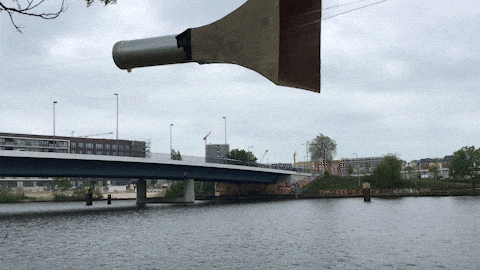
This poly-modal essay is a non exhaustive peek into our work, our desktops and drawers, our lab, kitchen and garden spaces. What follows is an expanding portrait of our spinning musical instruments, even as they are growing.
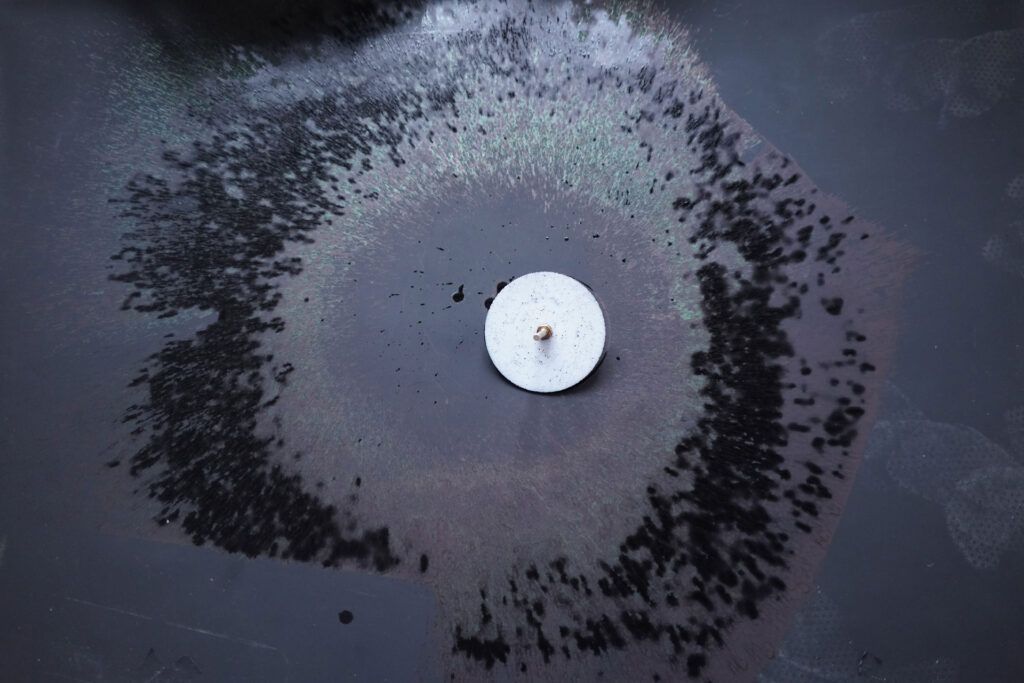

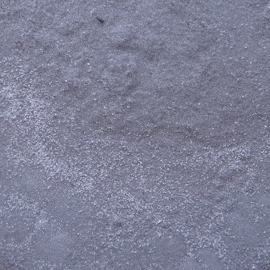
Keeping the notion of play at the core of our joint artistic practice, we play research instruments in their making. Our playgrounds are sites in which we freely explore and experiment with these instruments. Here we introduce a new family of electromagnetic musical spin-tops, as they play out their energies.

As we play each particular of these idiosyncratic instruments, we paradoxically evoke a vast and vague global phenomenon of the spin-top that has no single origin. This paradox invites us to add our own interpretation to it, giving this old instrument a different spin. To research the spin-top’s musicality is also to rehearse it; the practice of spinning alters our perceptions, triggering lines of unexpected relations and carving familiar ones. Each spin of these electromagnetic muscle-powered motors sends signals of just a few hundred microvolts; subtly yet immediately and generously dissipating their charge in every direction.


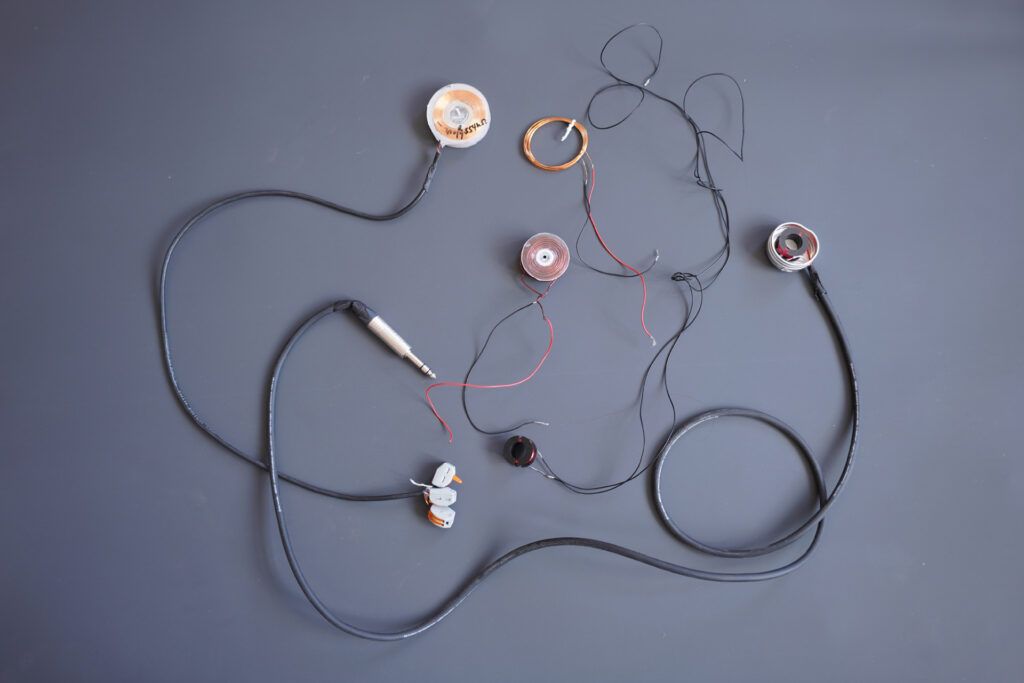

Our spin-tops sense gravitational forces and also cosmic forces. A tall claim, perhaps, but it’s about being tuned into these phenomena, simultaneously playing and being played by the forces of flight. As elegantly spinning discs they evoke celestial bodies through their ideals of balance and circularity. Yet they are constantly failed by friction. By the very initial impulse of injection, they are destined to imperfection, spinning inevitably towards a fatal wobble. It is precisely this elasticity between profound and profane that affords them their capacity for poetry. Our kinaesthetic poetry machines subvert the motors of modernity.

One of our spin-tops, with a double row of magnets tuned as a minor third, always spins out lullabies. The spin invites onlookers to an object of wo/ander; the spin invites listeners to fall into a shared sleep.


We are listening to entropy as it unfolds. The spin-tops become generators: they generate sounds; these sounds generate ideas which provoke us to experiment further; experiments generate different sets of sono-aesthetic conditions: low-fi and sci-fi. Within an aquarium for instance, a drop of ink injected into water spreads into a slow-spinning dissolution: here we quantify (a drop), amplify (a drift) and lullaby (a dream?).
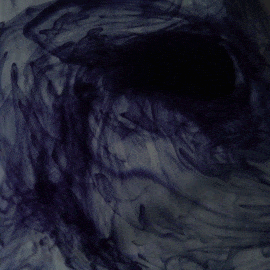
By playing these instruments we can experience processes of discrete continuity, a cut through spacetime at a specific point along the spin-top. Their launch is a charge, a continuous acceleration. Their spin is the dissipation of energy in a continuous deceleration; these flows are cut. The emerging magnetic field is a disruption which we pick up with coils. When blowing onto a spin-top through an aluminium straw, the flow of air is interrupted by the topography of the top, shaping this truncated stream into a wailing soft siren. Ripples are produced, both acoustically and electrically, translating the changing rate of spin into a descending tone. Always in relation to the top’s diameter, to its partitions, sounds of differentiated durations are melting together the continuous and the discrete. Curiously, while we can only perceive phenomena as flow, their making relies on quantization.
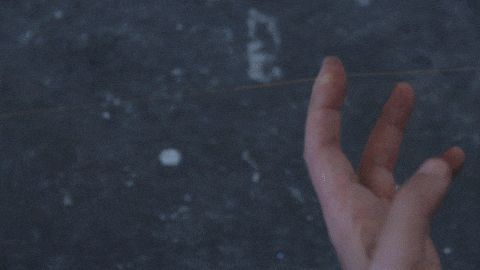





Playing a musical spin-top is a multifaceted thing. You take the custom-made wooden launcher with one hand and place the top’s central brass-pole through the launcher’s two holes. With your other hand you slide the fine, strong kite string through the hole in the spin-top’s pole. When enough thread has passed through the hole, so as not to be pulled out by the initial tilt, you start turning the pole with two fingers of your hand, weaving the thread around the pole. Your other forefinger and thumb guide the string while carefully keeping it tensed. You can control the shape of this ‘bob’, knowing that during the launch it will go through the exact same reverse course. When the thread is all wound up, the ring at its end reaches the main body of the launcher and is blocked by it.

Now you place the charged spin-top on the middle of a ceramic plate in front of you: One hand around the handle of the launcher, the thumb at the top of the groove counterbalancing and keeping it centred. With the other hand gripped through the ring at the end of the string you begin pulling. Starting slowly but gradually building momentum and speed, you must keep the launcher-hand very steady, your arm muscles balancing the pull from the thread that is now augmented by growing centrifugal forces. The pull ends suddenly when the thread is all un-wound and in that moment your launcher-arm must immediately re-adjust to this change in order to keep the launcher as horizontal as possible. At that very moment, you lift your launcher-hand as swiftly and vertically as possible to release the spin-top.

While you pick up the turning magnetic field with the copper-coil you closely feel the pulse of the induced current in your hand, simultaneously listening to its amplified sound through the space. By playing this instrument your whole body becomes attuned to each and every one of the top’s turns and wobbles. You sense, see and listen to the effects of gravity and the play of centrifugal forces.
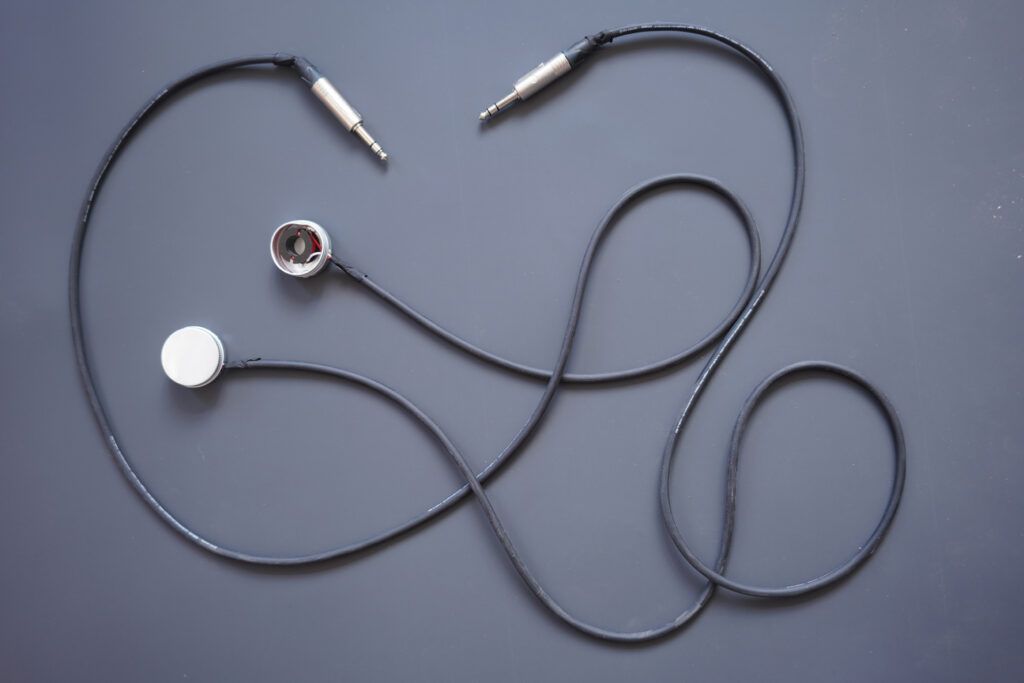
There are moments you forget that the spin will ever end.
